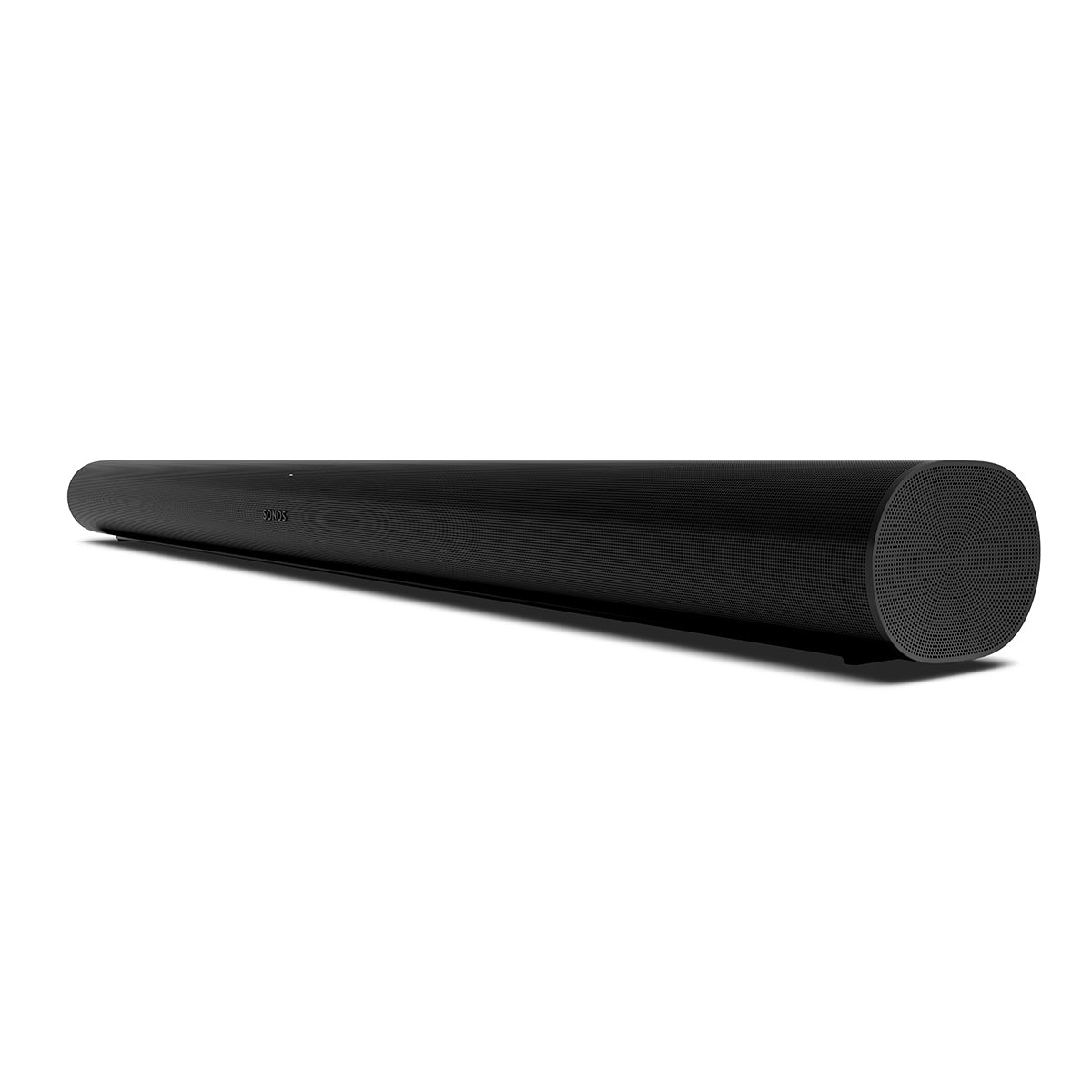Bluesound Node: Power in a Compact Package
The Bluesound Node is one of their flagship products, offering exceptional value for money. This small single-chassis device can fit into any system, from headphone-based setups to full-blown high-end speaker systems. The Node supports all major streaming sources and boasts the intuitive and feature-rich BluOS app, which has earned a reputation as one of the best applications in the business.
With its built-in DAC, the Node can be connected to your audio system via analog RCA jacks. It also offers optical, coaxial, and USB outputs, allowing you to connect it to your own DAC. The Node supports up to 24-bit/192 kHz sampling rate, ensuring the playback of your music at its best quality. Its versatile connectivity options, including Gigabit Ethernet and Wi-Fi, offer flexibility in terms of placement within your home network. The Node is also ROON-ready, catering to hardcore audiophiles.
The Node goes beyond just streaming music. It supports APTX HD Bluetooth, enabling wireless music playback from your phone, and features HDMI eARC for seamless TV audio integration with your music system. Additionally, it is compatible with Amazon Alexa and Google Assistant, supports Airplay 2 integration, and offers IR input and IR remote learning capability for convenient control.
In addition to the Node, Bluesound offers other products such as the PowerNode and PowerNode Edge, which are amplified versions of the Node, allowing you to add speakers and create a complete high-quality audio system. They also have the Bluesound HUB, which enables you to connect analog or digital sources from various locations within your home. And for CD enthusiasts, the Vault 2i allows you to rip and store your CD collection into the Node ecosystem. If you're seeking top-notch performance, the Node X features an updated ESS 9028Q2M Sabre DAC and THX AAA headphone amplifier circuit, delivering pristine sound quality.
Bluesound's ecosystem extends beyond individual components, offering options like the Pulse line of powered speakers and a soundbar, allowing you to expand the audio experience throughout your home. With an easy-to-use app and excellent support, even those who are not technically inclined can enjoy the added technology within Bluesound systems.
.jpg?v=1724426544915)
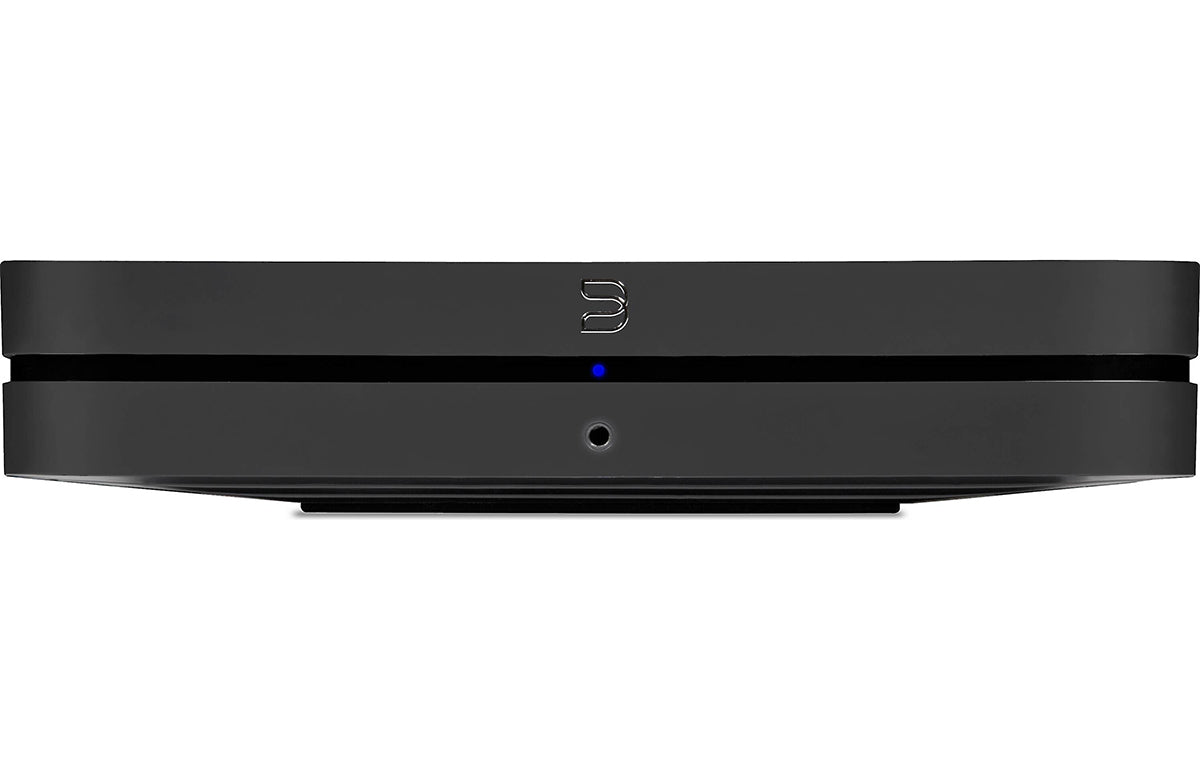



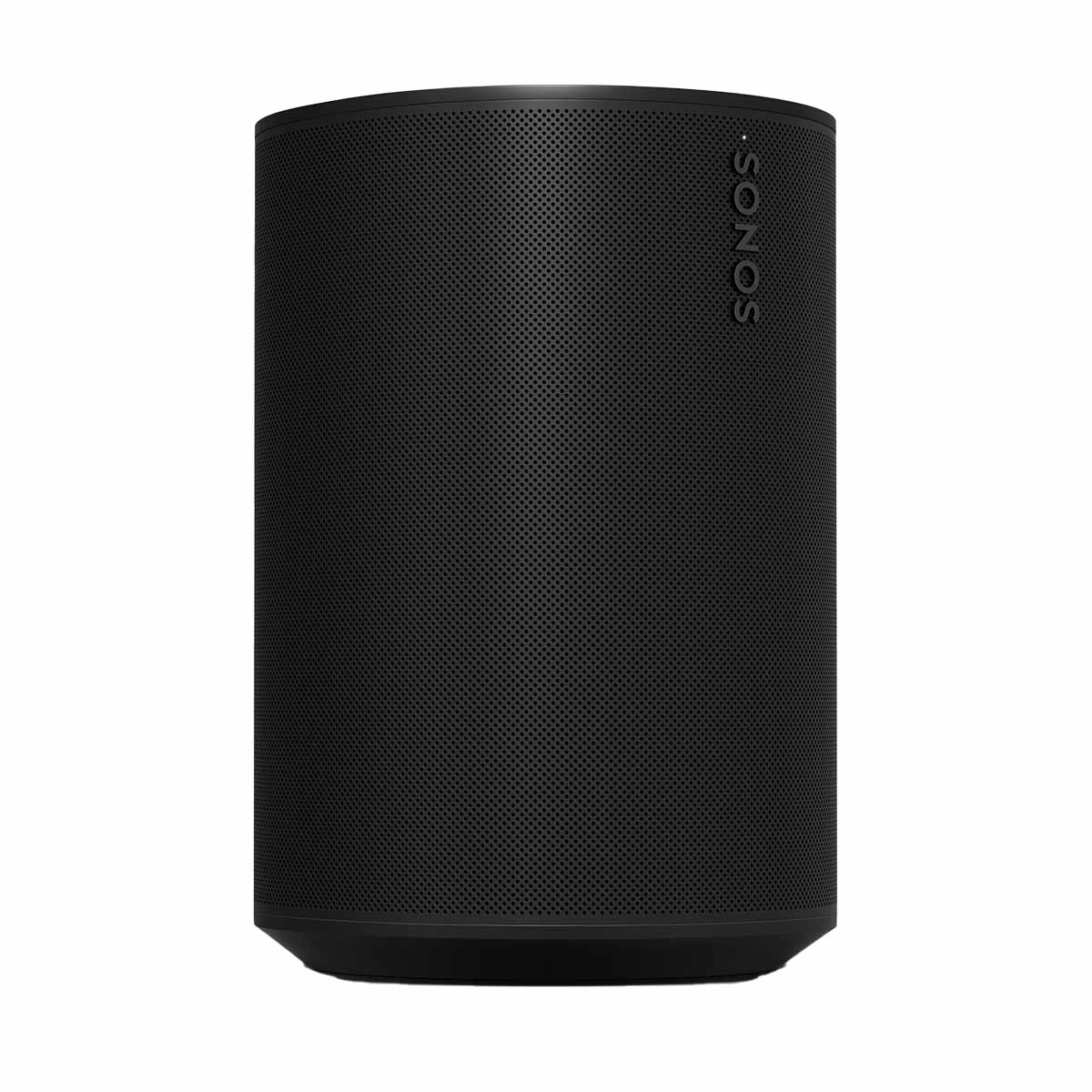
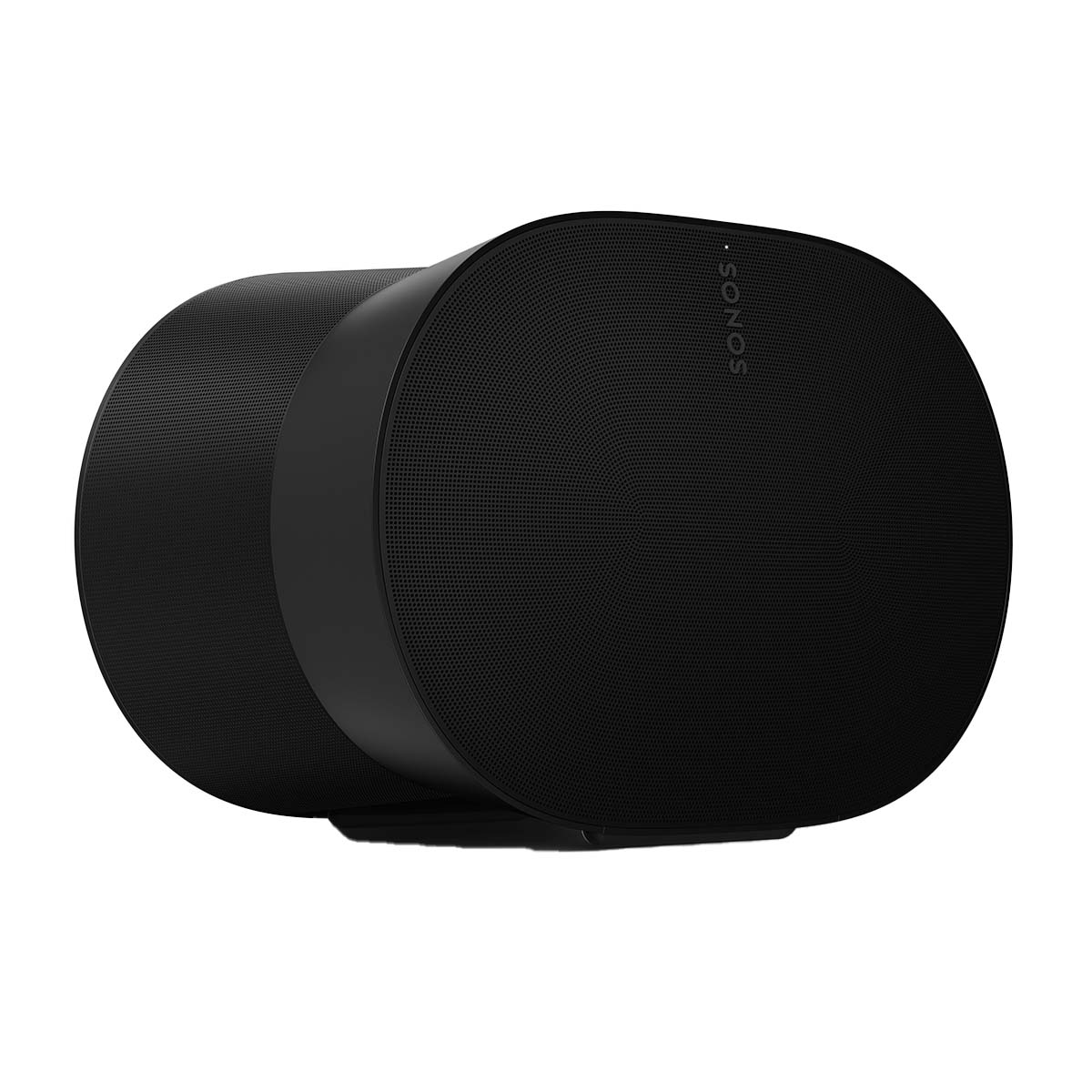
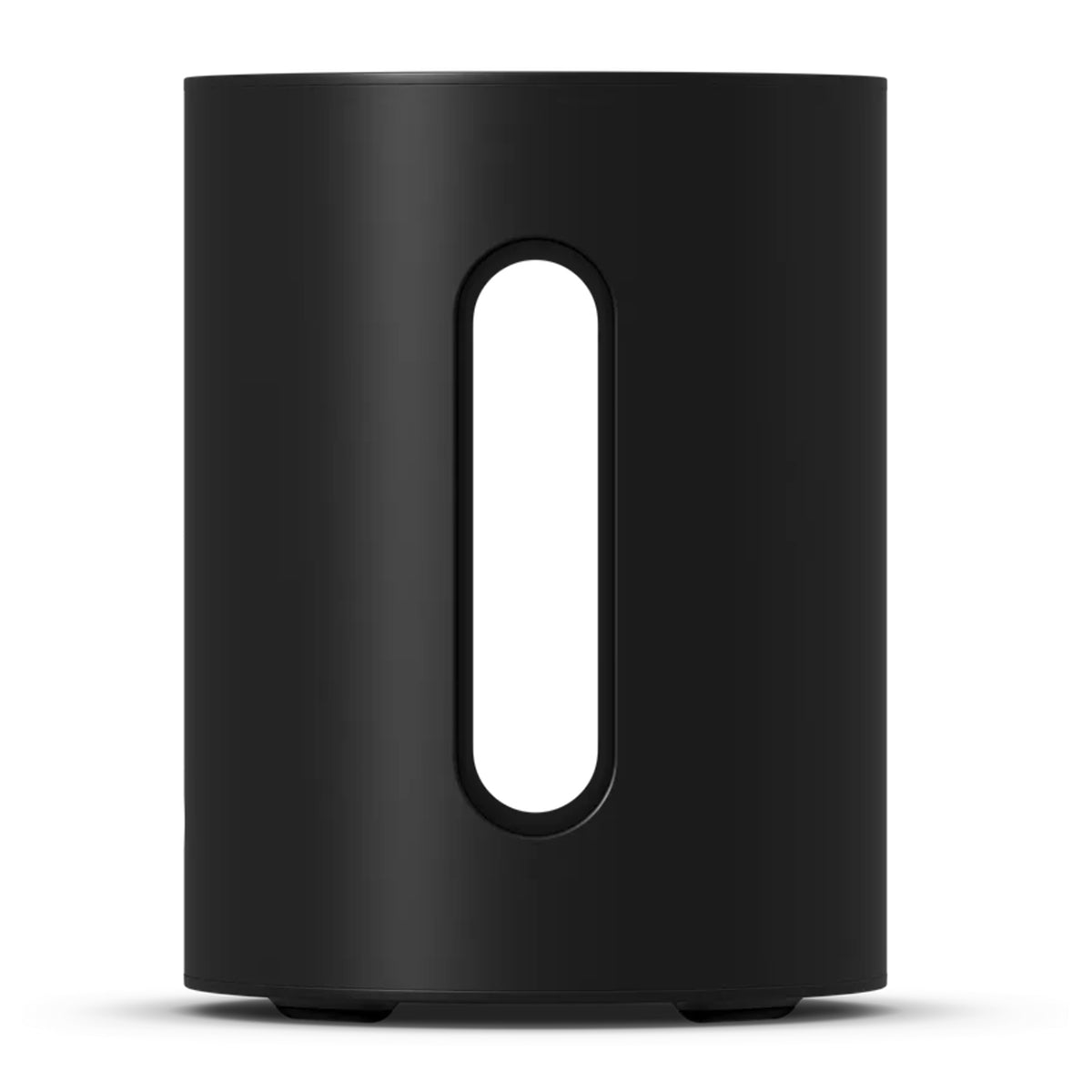




































 Home Theater
Home Theater Speakers
Speakers Tower Speakers
Tower Speakers
 Bookshelf Speakers
Bookshelf Speakers
 Center Channel Speakers
Center Channel Speakers
 Wall & Ceiling Speakers
Wall & Ceiling Speakers
 Surround Speakers
Surround Speakers
 Dolby Atmos Speakers
Dolby Atmos Speakers
 Subwoofers
Subwoofers
 Soundbars
Soundbars
 Speaker Stands & Mounts
Speaker Stands & Mounts
 Components
Components Home Theater Receivers
Home Theater Receivers
 Surround Sound Processors
Surround Sound Processors
 Power Amps
Power Amps
 Movie Sources
Movie Sources
 TVs & Projectors
TVs & Projectors Televisions
Televisions
 Projectors
Projectors
 Projector Screens
Projector Screens
 TV & Projector Mounts
TV & Projector Mounts
 Seating & Furniture
Seating & Furniture Home Theater Seating
Home Theater Seating
 Media Cabinets
Media Cabinets
 A/V Racks & Shelves
A/V Racks & Shelves
 Accessories
Accessories
 Acoustic Treatments
Acoustic Treatments Absorption Panels
Absorption Panels
 Bass Trap Panels
Bass Trap Panels
 Diffusion Panels
Diffusion Panels
 Acoustic Treatment Packages
Acoustic Treatment Packages
 Cables & Accessories
Cables & Accessories HDMI Cables
HDMI Cables
 Analog Cables
Analog Cables
 Digital Cables
Digital Cables
 USB Cables
USB Cables
 Speaker Cables
Speaker Cables
 Subwoofer Cables
Subwoofer Cables
 Power Management
Power Management
 Featured & Deals
Featured & Deals Best Sellers
Best Sellers
 Sale
Sale
 Home Audio
Home Audio Outdoor Speakers
Outdoor Speakers
 Portable & Bluetooth
Portable & Bluetooth
 Wireless Speaker Systems
Wireless Speaker Systems
 Computer Speakers
Computer Speakers
 Powered Speakers
Powered Speakers
 Integrated Amplifiers
Integrated Amplifiers
 Power Amplifiers
Power Amplifiers
 Stereo Preamplifiers
Stereo Preamplifiers
 Stereo Receivers
Stereo Receivers
 Streaming Media Players
Streaming Media Players
 Digital-to-Analog Converters
Digital-to-Analog Converters
 CD Players
CD Players
 Outdoor Entertainment
Outdoor Entertainment Outdoor Subwoofers
Outdoor Subwoofers
 Turntables
Turntables Manual
Manual
 Automatic
Automatic
 Phono Cartridges
Phono Cartridges Moving Coil
Moving Coil
 Moving Magnet
Moving Magnet
 Moving Iron
Moving Iron
 Mono
Mono
 Phono Preamps
Phono Preamps MC Compatible
MC Compatible
 MM Compatible
MM Compatible
 Record Cleaning & Care
Record Cleaning & Care Stylus Care
Stylus Care
 Cleaning Machines
Cleaning Machines
 Record Cleaning Fluid
Record Cleaning Fluid
 Record Sleeves
Record Sleeves
 Isolation Systems
Isolation Systems Turntable Setup Tools
Turntable Setup Tools
 Turntable Cables
Turntable Cables
 Record Weights
Record Weights
 Turntable Mats
Turntable Mats
 Headphones
Headphones In-Ear Headphones
In-Ear Headphones
 On-Ear Headphones
On-Ear Headphones
 Over-Ear Headphones
Over-Ear Headphones
 Wireless Headphones
Wireless Headphones
 Gaming Headsets
Gaming Headsets
 Headphone Amps & DACs
Headphone Amps & DACs Digital Audio Players
Digital Audio Players
 Smart Home
Smart Home Deals
Deals Limited Time Deals
Limited Time Deals Deals by Category
Deals by Category
